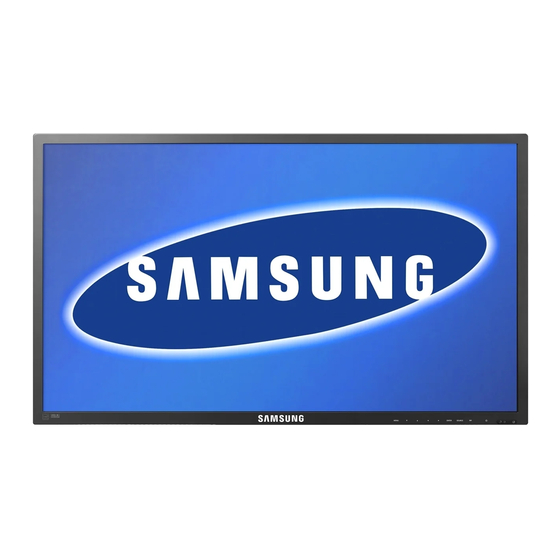
Samsung SyncMaster 460DX Training Manual
Hide thumbs
Also See for SyncMaster 460DX:
- Quick start manual (21 pages) ,
- Owner's manual (176 pages) ,
- User manual (152 pages)




Need help?
Do you have a question about the SyncMaster 460DX and is the answer not in the manual?
Questions and answers